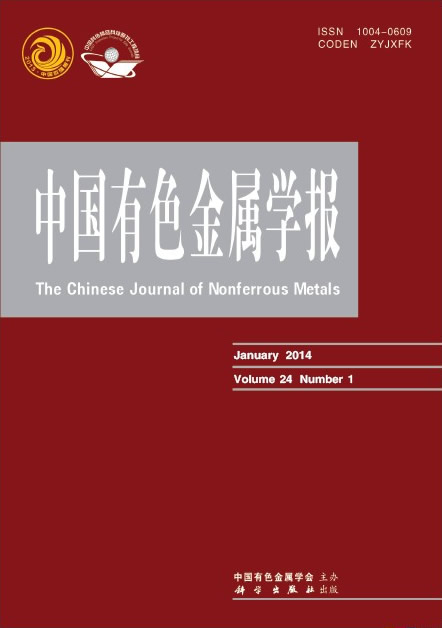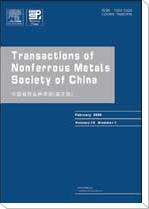(1. 太原科技大学 材料科学与工程学院,太原 030024;
2. 哈尔滨工业大学 材料科学与工程学院,哈尔滨150001)
摘 要:
关键字: 泡沫铝;PCM法;前驱体;发泡行为
(1. School of Materials Science and Engineering, Taiyuan University of
Science and Technology, Taiyuan 030024, China;
2. School of Materials Science and Engineering, Harbin Institute of Technology, Harbin 150001, China)
Abstract: The foaming behavior of Al-TiH2 precursor made by different compaction methods of cold pressing, hot pressing and extrusion at different furnace temperatures was studied. The results show that the precursor made by cold pressing cannot foam no matter what the furnace temperature is. The foaming behavior of precursor produced by hot pressing changes with heating rate, the precursor cannot foam and crack occurs at furnace temperature of 725 ℃, inversely, it can foam at furnace temperature of 750 ℃ and 800 ℃. The precursor made by extrusion can foam at any furnace temperature under the experimental condition. Based on theory analysis of experiment results, pressure balance temperature (Tp) and foaming temperature (Tf) were defined. Foaming mechanism and influence of precursor compaction methods and heating rate on foaming behavior were explored using the concepts of Tp and Tf. It is clarified that precursor processing methods and heating rate have remarkable effects on foaming behavior of PCM aluminum foams and the extrusion method is the best one for preparation of PCM aluminum foams.
Key words: aluminum foam; PCM method; precursor; foaming behavior


